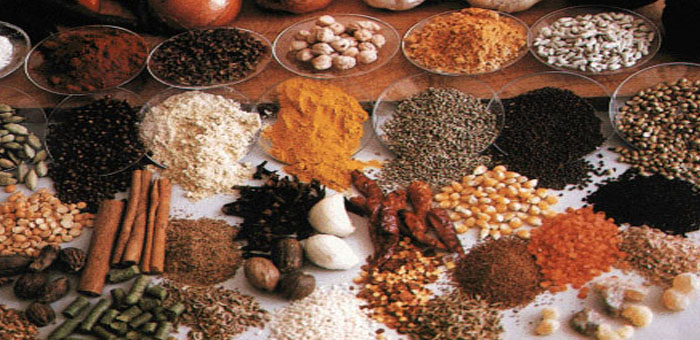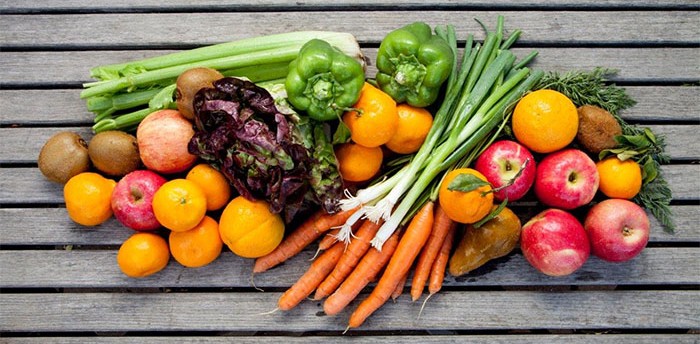Seasoning with spices & herbs has been used for thousands of years, as a way to add flavor, depth, and complexity to food so why wouldn’t this carry into the mobile food industry?
Seasoning Your Food Truck Dishes
The possible combinations of spices provide food truck chefs endless possibilities for flavoring a dish. The options are further increased by the difference in taste between fresh spices and dried spices, and the flavor development achieved by adding the spices at a specific time in the cooking process. With the limitless flavor options they provide, spices showcase the skills of a mobile food vendor and their finesse in mastering the use of spices.
A food truck chef’s skill with spices is made evident from the fact that under-seasoned food is bland and unsatisfying, but over-seasoned food is often inedible. Experimenting with different spices is a great way to improve any of your food truck dish’s flavor without sacrificing the nutritional value of a food.
Spices add flavor without calories and often decrease the amount of salt a dish requires, making the dish suitable to your health-conscious customers. Since spices are such an integral part of the culinary arts, consider storing them in your truck in a pepper mill for quick grinding.
The combination of spices used in preparation of a dish affect the identity of a dish. Spice mixes often reflect a certain culture that uses those spices, giving food of each ethnicity a distinct flavor that sets it apart from other types of ethnic foods.
Cilantro, lime, garlic, and cumin are staples in Mexican cuisine. Morrocan foods will incorporate dried ginger, turmeric, paprika, cinnamon, and cumin, though usually not all at once. Lemongrass, lime, fresh ginger, fresh red chili pepper, soy sauce, and Mirin (a sweet rice wine) are associated with Thai, Vietnamese, and Japanese food.
Dried and fresh herbs and spices differ greatly in their flavor. Dried herbs and dried spices usually have a stronger taste than fresh products due to the decreased amount of water they contain. The difference is highlighted by the use of dried ginger in Moroccan food, and fresh ginger in Asian food. The vast difference in the foods shows just how drastically the flavor of a spice can be altered when dried.
Regardless of the desired outcome of the dish, there are some guidelines that apply to all spices. The most popular spices are used in all ethnic seasonings. These include salt, pepper, and garlic. Spices should preferably be new. For fresh herbs and spices this means that they should have a non-wilted appearance and pleasant smell. Dried spices will lose their flavor over time, so it is recommended to buy whole spices and grind them with a spice grinder.
Playing around with spice combinations can yield delicious results for your menu and your food truck customers. When added while the dish is cooking, the spice will evenly flavor the entire dish. Fresh herbs and some other spices are added right before serving, allowing the flavor and texture of the herbs to be crisp and fresh.
The ability to balance and layer flavors with seasoning when cooking is the key to successfully using spices and herbs.
How do you season your food truck’s favorite dishes? Share your ideas in the comment section below or tweet them to us @MobileCuisine.




